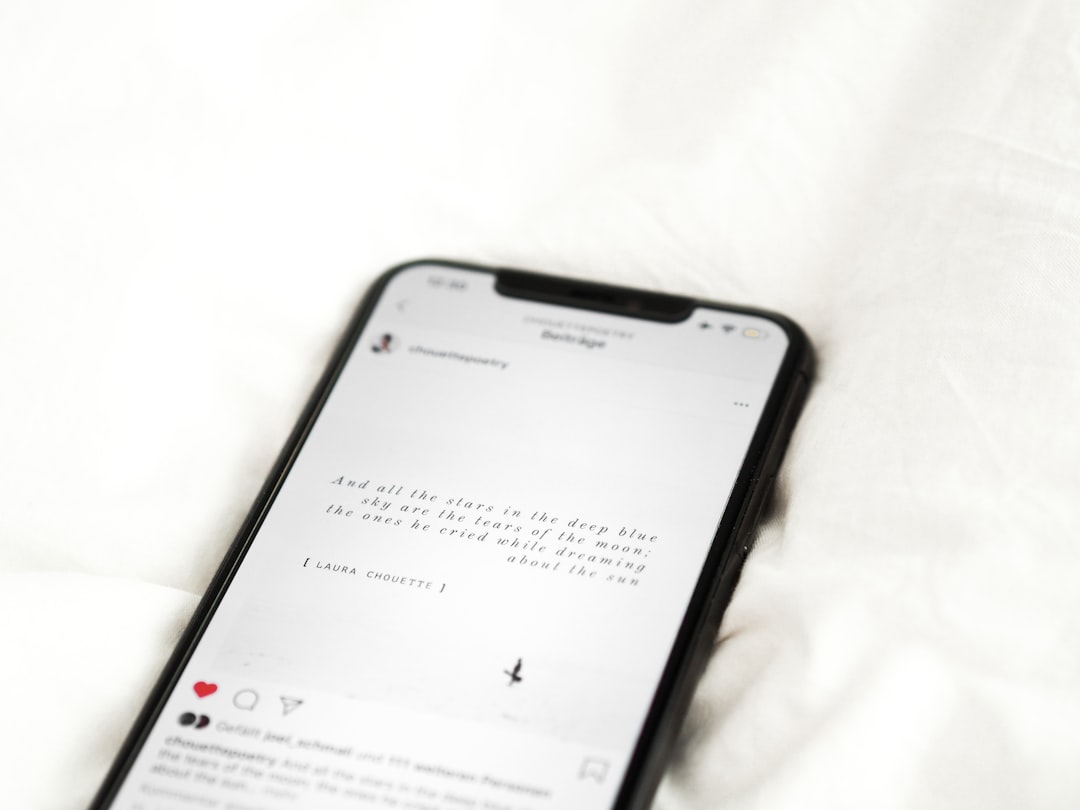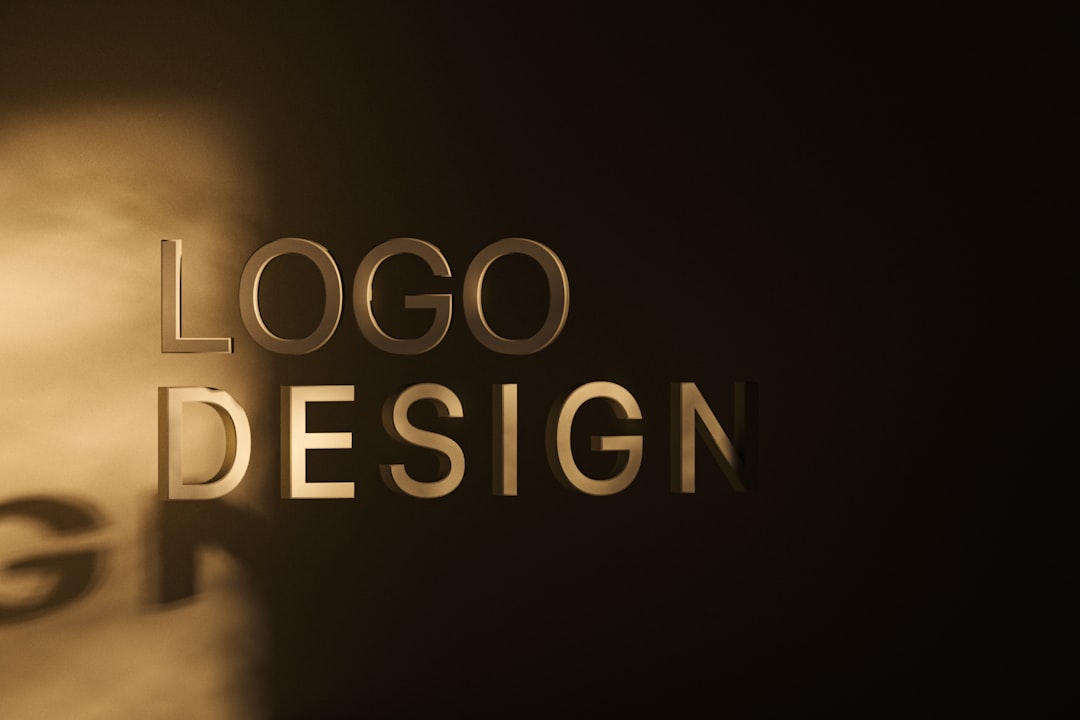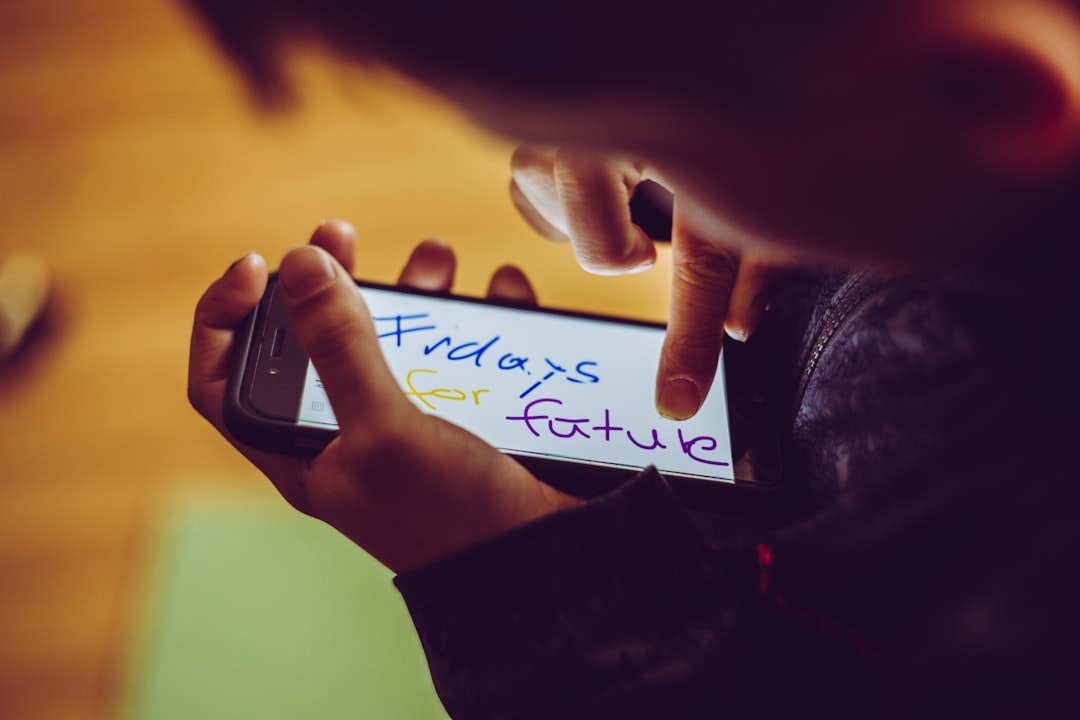Artificial Intelligence (AI) has revolutionized many industries, and marketing is no exception. One of the most exciting, yet complex, areas of AI in marketing is the use of AI-generated art. Companies are increasingly turning to AI to create visuals for campaigns, social media, websites, and even physical advertisements. However, as with any evolving technology, it comes with its own set of challenges—particularly around brand safety and ensuring compliance with style guides.
The Rise of AI Art in Marketing
AI-generated art tools such as DALL·E, Midjourney, and Stable Diffusion offer marketers the ability to generate images in seconds that would typically take a design team hours or days to produce. These technologies can match a wide range of visual styles and themes, making them an attractive option for businesses seeking speed and scale.
For marketers looking to engage their audiences with fresh content regularly, AI becomes a game-changer. Yet, while the potential benefits are immense, there is a growing need to tread carefully when it comes to brand representation and ethics.

Brand Safety: Trust, Consistency, and Ethical Boundaries
Brand safety typically refers to protecting a brand’s image and reputation by avoiding association with inappropriate or controversial content. In the context of AI art, it broadens to include:
- Accuracy: Ensuring that AI-generated images do not distort product features or brand messaging.
- Appropriateness: Avoiding visual content that could be interpreted as offensive, culturally insensitive, or misleading.
- Consent & Copyright: Vetting AI outputs to ensure they don’t reproduce aspects of copyrighted works unintentionally remixed by the algorithm.
Many AI art models are trained on large-scale internet data, some of which may include copyrighted or unauthorized imagery. Marketers must be aware of this risk, verifying that their outputs are original or generated through tools that provide licensing clarity.
Example Risks to Brand Safety:
- A children’s toy brand accidentally generates AI art depicting distorted or frightening faces.
- A fashion label’s content unintentionally displays religious or political symbols inconsistent with its brand values.
- An AI-generated advertising banner includes background figures resembling real celebrities, triggering potential legal issues.
All of these scenarios can put the brand at legal risk and erode consumer trust. Therefore, responsible use and thorough review processes are essential.
Maintaining Style Guide Integrity
Marketers often work with defined style guides—documents that specify how branding elements like colors, logos, tone, and imagery should appear. The challenge with AI art is that while the outputs can be stunning, these tools often fail to replicate subtle nuances required by brand guidelines.
For instance, companies may have color palettes defined down to precise hex codes or require subject matter to be portrayed with a specific tone (e.g., optimistic but not childish). Translating these requirements into prompts for AI tools requires both skill and experimentation. Without proper prompt engineering and curation, results may diverge from intended brand expectations.
Here are a few things marketers can do to guide AI toward staying within brand styles:
- Develop prompt libraries: Create a bank of pre-tested prompts that reliably generate images consistent with brand style.
- Use fine-tuned models: Some AI platforms allow companies to train custom models using their own imagery to reinforce brand look and feel.
- Post-process imagery: Apply manual editing after image generation to fine-tune artwork so it aligns with branding parameters.
Brands should also consider investing in quality assurance workflows that replicate traditional design sign-off practices to AI-generated content.

Human Oversight: A Necessary Companion to AI
No matter how advanced AI becomes, human creatives and brand managers remain critical. AI should be viewed as a collaborative assistant, not a replacement for human creativity and judgment. Visuals may still need review to ensure they maintain emotional resonance, narrative cohesion, and compliance with cultural sensitivities.
Some companies establish dedicated review workflows where AI-generated images go through legal, marketing, and creative checks before being used. This process helps identify potential flags—whether it’s unintentional offensive content, off-brand visuals, or issues like Adobe Stock integration licenses not being cleared.
AI doesn’t understand context; humans do. And that’s why the final decision must rest with people—not machines.
Looking Ahead: Governance and Compliance
As AI usage in marketing scales, there will be increasing scrutiny from regulators, consumers, and stakeholders. Leading companies are already thinking ahead by building governance frameworks that document how AI-generated content is created, validated, and stored. Some even track metadata and maintain an audit trail for each art piece used in official communications.
With emerging standards likely to shape the regulatory landscape in the coming years, marketers will need to be prepared not just creatively, but also legally and ethically.
Benefits of AI Art When Managed Responsibly
Despite the challenges, AI-generated art offers numerous advantages when used responsibly. These include:
- Speed: Quick turnaround of collateral for time-sensitive campaigns.
- Cost efficiency: Reduction in the need for expensive photoshoots or illustrators for every visual asset.
- Scalability: Ability to create variations for A/B testing or regional/localized adaptations.
Marketers who stay ahead of style guide integration and brand safety measures will be much better positioned to leverage these benefits long-term.

Conclusion
AI-generated art is redefining how marketers approach visual content. The efficiency and innovation it offers are undeniable—but so are the challenges. To maintain trust and authenticity, brands must develop strong practices around their use of AI, particularly in safeguarding style guide fidelity and maintaining brand safety.
By pairing AI tools with human oversight, marketers can enjoy the best of both worlds—speed and scale from AI, backed by the strategic oversight and creativity of the human team.
FAQ: AI Art for Marketers
- Can AI-generated art violate copyright laws?
- Yes, if not carefully managed. Some AI tools are trained on data that may include copyrighted content without proper licensing. Always ensure you’re using art from trusted AI tools that provide usage rights.
- How can marketers ensure AI art aligns with brand style guides?
- Use prompt libraries, invest in fine-tuned models, and apply manual editing post-generation. Also, have a clear review structure in place before publishing any AI-generated visuals.
- What are the most common brand safety risks with AI-generated images?
- These include inappropriate symbolism, distorted representations, unintentional likenesses of public figures, and visual errors that misrepresent the brand.
- Is it possible to automate style guide compliance?
- Partially. Some rules like color palette checks can be automated, but subjective elements like tone, emotion, and symbolism still require human judgment.
- Can AI art replace human designers?
- No. AI should be used as a tool to support human creativity, not replace it. Human designers provide strategic thinking and emotional intelligence that AI cannot replicate.

